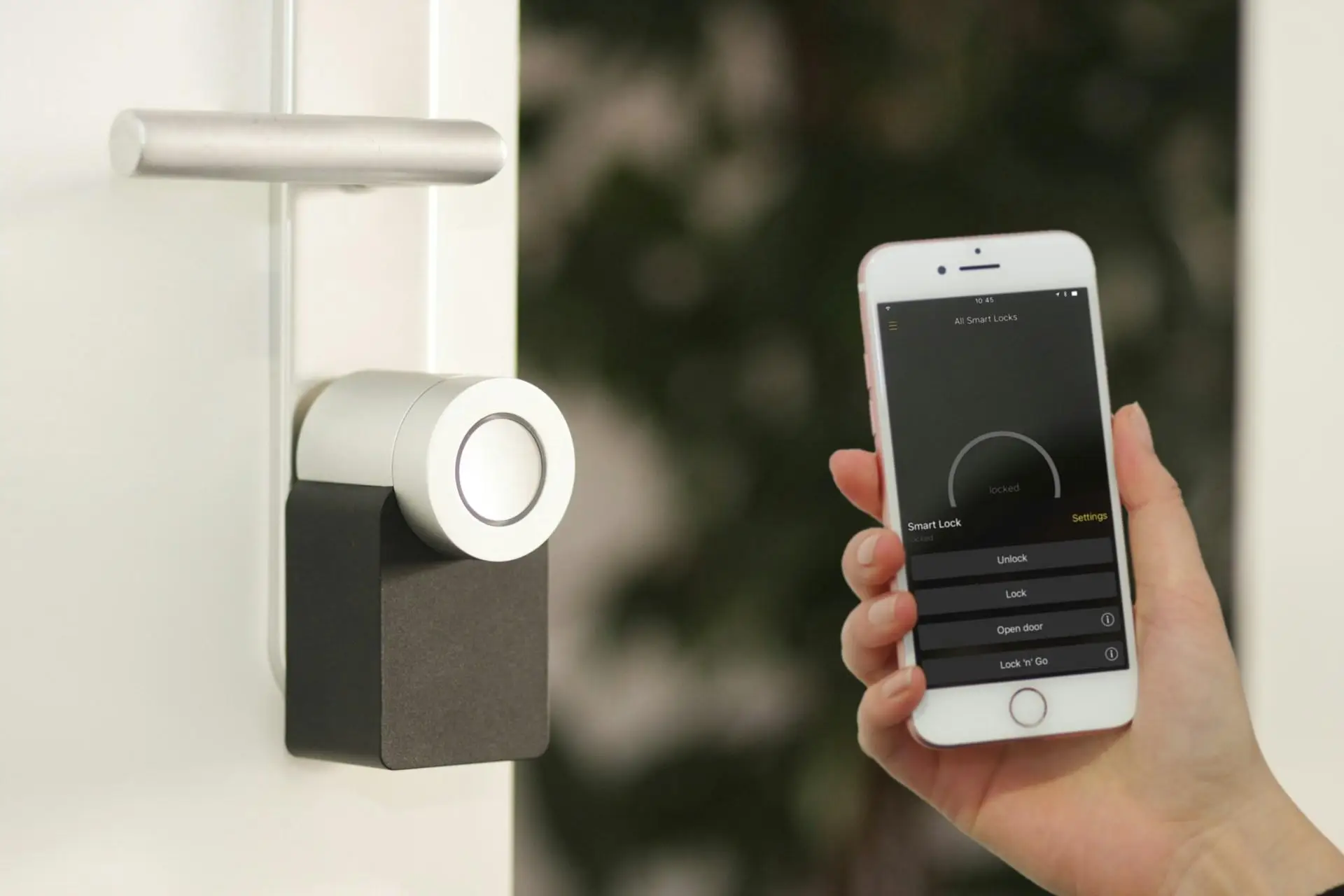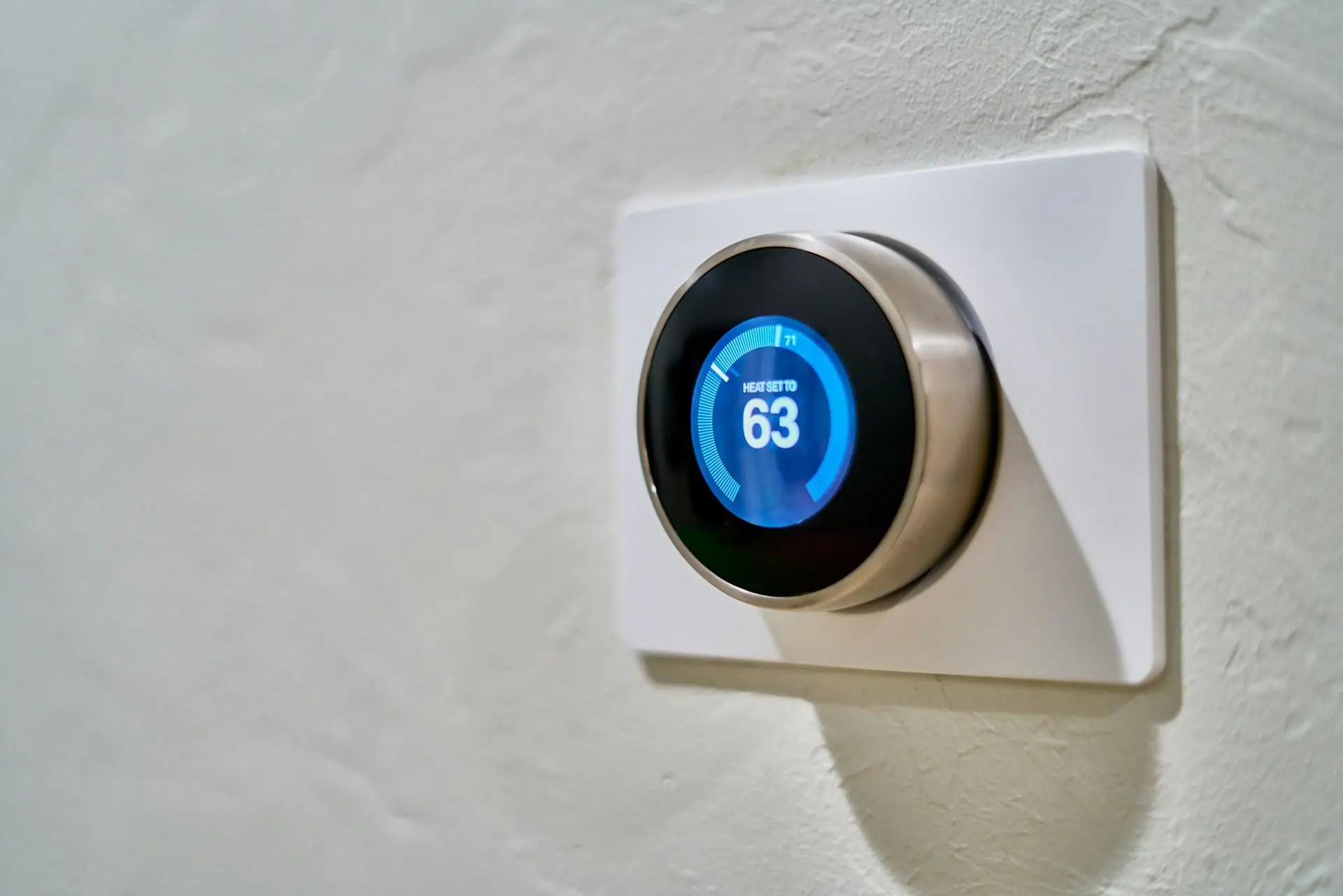Are Smart Thermostats a Smart Investment?
In today's rapidly evolving landscape of smart technology, the advent of home automation systems has transformed the way individuals manage their living spaces. Among these innovations, smart thermostats stand out as one of the most popular and impactful products. These devices offer a sophisticated approach to regulating home temperature and comfort levels. This article aims to delve into whether investing in smart thermostats is a wise decision for homeowners considering energy efficiency, convenience, and user experience.
Understanding Smart Thermostats
What is a Smart Thermostat? A smart thermostat is a device that allows homeowners to control their heating and cooling systems remotely using a mobile app, voice commands, or through built-in sensors. Unlike traditional thermostats that need manual adjustments, smart thermostats are equipped with advanced features such as learning algorithms and Wi-Fi connectivity, enhancing user convenience and energy management.
When compared to conventional thermostats, smart thermostats offer considerable advantages. They can learn user preferences over time, automatically adjust settings based on occupancy, and provide energy-saving recommendations. These functionalities make smart thermostats invaluable tools in modern home automation.
How Smart Thermostats Work Smart thermostats utilize several technologies to provide optimal heating and cooling. The inclusion of Wi-Fi connectivity enables remote access and real-time adjustments from smartphones. Additionally, many models come equipped with sensors that detect occupancy and temperature fluctuations, ensuring that the environment is maintained according to user preferences. The technology often includes user-friendly interfaces, accessible through mobile applications or voice-controlled smart assistants, which improve accessibility and control.
Types of Smart Thermostats Smart thermostats can be categorized into various types based on their functionalities:
- Learning thermostats (e.g., Nest, Ecobee) use algorithms to learn a user’s schedule and preferences over time, automatically adjusting settings to optimize comfort and energy savings.
- Programmable smart thermostats allow users to set heating or cooling schedules manually but may not adapt dynamically to changes in user behavior.
- Non-programmable smart thermostats typically offer basic smart functionalities but require user input for adjustments.
Benefits of Smart Thermostats
Energy Efficiency One of the primary benefits of smart thermostats is their ability to promote energy efficiency. They optimize heating and cooling schedules based on real-time data, helping homeowners reduce energy consumption. This optimization can lead to noticeable savings on monthly utility bills, making these devices a financially prudent choice over time.
Convenience and Control The convenience offered by smart thermostats is unparalleled. Users can manage their home temperatures from virtually anywhere through mobile apps, ensuring that comfort is maintained even when away from home. Additionally, they can integrate seamlessly with other smart home devices, such as smart speakers and lights, further enhancing home automation capabilities.
Data and Insights Smart thermostats provide homeowners with valuable data to analyze their energy consumption patterns. Usage reports can reveal insights into heating and cooling behaviors, allowing individuals to make informed adjustments. Some models may even offer recommendations on how to improve efficiency, making smarter decisions easier for users.
Cost Considerations
Initial Investment Investing in a smart thermostat involves an initial cost, typically ranging from $100 to $300 for the device itself. The decision to hire professionals for installation may also incur additional fees. Those comfortable with DIY projects can install models themselves, which can help minimize costs.
Long-term Savings On the brighter side, homeowners can expect to see long-term savings on their energy bills. Many studies suggest that users can save between 10% to 20% annually on heating and cooling costs. Additionally, energy companies may offer rebates or tax incentives for homeowners who purchase energy-efficient devices, further enhancing the financial appeal of smart thermostats.
Factors to Consider Before Purchasing
Home Compatibility Before making a purchase, it is crucial to assess whether a smart thermostat is compatible with your HVAC system. Different brands and models may work better with certain types of systems, such as forced-air heating or radiant heating, so understanding the existing infrastructure is vital.
User Lifestyle Understanding personal heating and cooling habits is essential. Evaluating daily routines can guide the selection of a smart thermostat that aligns with lifestyle needs. For instance, households with irregular schedules might benefit more from a learning thermostat that adapts automatically.
Brand and Model Comparisons With a variety of brands available in the market, it’s vital to compare features such as ease of use, integration capabilities, user reviews, and warranty options. Leading competitors include Nest, Ecobee, and Honeywell, each offering distinctive features that cater to different user preferences.
Potential Drawbacks of Smart Thermostats
Technical Issues While smart technology offers numerous benefits, there are potential pitfalls. Issues such as Wi-Fi connectivity problems and software glitches may arise, which can be frustrating for users. Additionally, some individuals may find the initial setup process complicated, particularly if they are not technologically inclined.
Privacy Concerns Data privacy is another consideration when investing in smart technology. Smart thermostats collect user data, which raises concerns about how that information is managed. It is essential to be aware of a company’s privacy policies to understand how personal information is used and protected.
As the landscape of home automation continues to evolve, smart thermostats serve as both convenient and efficient tools for managing home comfort. Evaluating their worth involves considering the initial cost against potential energy savings, the convenience of remote control, and individual user lifestyles.
In sum, while smart thermostats represent a significant investment upfront, they can offer valuable returns in terms of energy savings and user convenience. Homeowners are encouraged to assess their specific needs, compatibility with existing systems, and desired functionalities to determine if a smart thermostat is a beneficial addition to their home technology ecosystem. Smart technology has indeed made managing home environments easier and more efficient, marking its place as a forward-thinking investment for the future.









